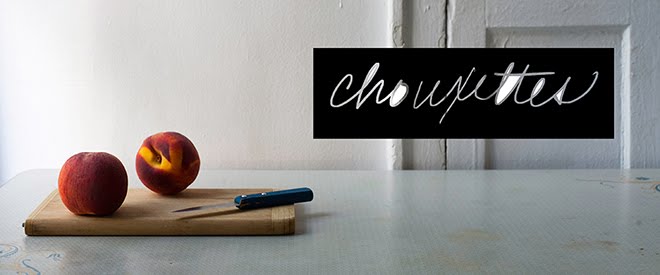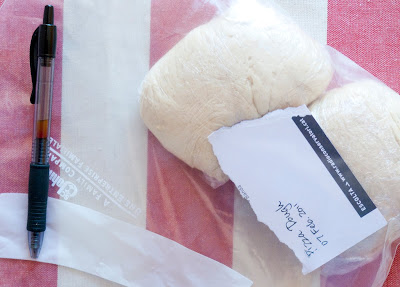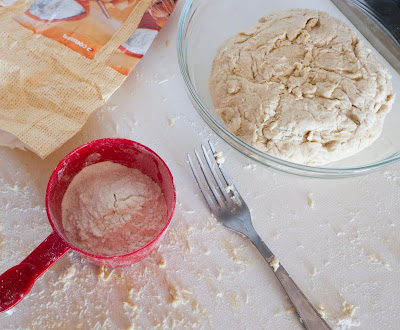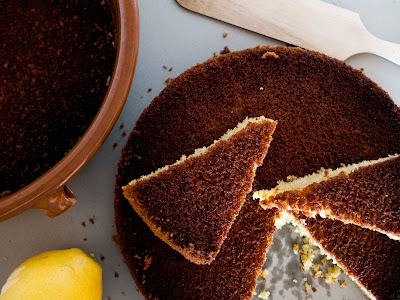Dear Michelle-
My, you have been busy! And eating very well. I've been a very different sort of busy, filling in for a friend at work, and cleaning, cleaning, cleaning my apartment. Even the work I was doing was cleaning, albeit a digital archiving system! So this past month has been one big purge and organize for me, and I've come out of it feeling much calmer and far less cluttered. Do you ever find that sometimes you just can't do ANYTHING until you've cleaned the space around you?
All of us do things on the side, mostly fine art, and all of us are supported and encouraged in these endeavors by Paul and Ulla. It's really more like a family or a social group that works together than it is an office, which makes it a very rewarding place to be. Everyone gets along, and even better actively enjoys each other.
Amy's apartment is terrific, a large space with high ceilings and a lot of light, beautifully decorated, plus it's only about a ten-minute walk from my place. Paul picked up some extra tables and we fit about 20 of us in there.
Amy made gumbo and rice, Ulla and Paul made various salads and vegetable dishes, their daughter Lucinda whipped up a beautiful pie, and I made hush puppies and sour cream ice cream.
A member of our party avoids gluten, so I looked online for a gluten-free hush puppy recipe, and found several. Here is the one I used, and I substituted rice four for the "gluten-free flour mix." They were SO GOOD. I made way too many, and they were all eaten; I ate so many "testers" while cooking that I ruined my appetite, which was a shame! So many times people tend to be scared off (maybe rightly so) by recipes that have substitutions as a result of dietary restrictions.
Well, these are the lightest, fluffiest hush puppies I've ever had, and I don't think I'll ever use another recipe. They are light as air on the inside, lightly flavored with onion, and crispy crunchy on the outside. With more forethought, I'd have served them with some honey or maple butter, but it's really not necessary.
Hush Puppies
1 cup corn meal
1/2 c rice flour3 t baking powder
1/2 t salt
1t sugar ( I think I may have foregone this)
2 eggs
1 cup buttermilk
1/8 t baking soda
1 cup chopped shallot or onion
oil for frying (I prefer peanut)
Mix dry ingredients except for baking soda together. Mix eggs and buttermilk in another small bowl, then mix in baking soda; add mixture to the dry ingredients. Mix in shallots. Drop large spoonfuls of batter into hot oil and fry until golden.















































